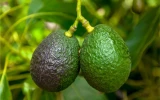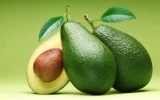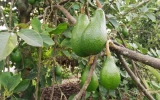Is Avocado Farming Profitable? (Detailed Breakdown)
Avocado farming has become an increasingly popular venture due to the fruit's rising demand and profitability. As you explore the industry's current state, you'll find that the global avocado market size is robust and continuing to expand, with an estimated value of USD 22.69 billion in 2024. In this article, we'll dissect the profitability of avocado farming.
Avocado farming can be highly profitable. The total net profit per acre could range from $20,000 to $120,000 per year with 100–200 trees per acre, 150–350 lbs yields per tree, and market prices between $1.50 and $2.10/lb. Global demand is expected to increase by 9.4% annually.
Profitability leans heavily on the efficiency of your operation and the yield of your avocado trees. Commercial operations can yield up to 2,000 lbs per tree, which can significantly impact your bottom line. Financial success in avocado farming hinges not just on yield, but also on mastery of cost management and targeted marketing strategies.
Financial projections help determine feasibility when contemplating how to start an avocado farm from scratch.
Summary
- There's a significant increase in demand for avocados, particularly in health-conscious markets like the United States and Europe.
- The global demand for avocados continues to rise, with countries like Mexico, Peru, and the Dominican Republic leading in production.
- Apart from being a staple in culinary dishes, avocados are now a key ingredient in beauty products, health supplements, and vegan diets.
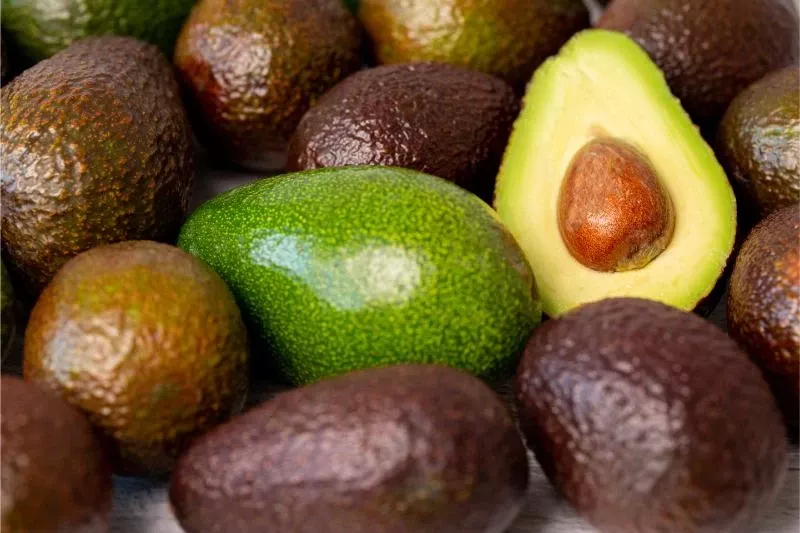
On this page:
Avocado Farming Is Profitable
Avocado farming has been gaining traction as a potentially lucrative venture, especially with the fruit's growing popularity as a superfood rich in essential nutrients. As of 2024, the estimated size of the avocado market is quite substantial, which may suggest a favorable environment for entering this agricultural niche.
The average profit margin across all avocado varieties is between 10% and 30%. This underscores the general profitability of avocado farming, with a high percentage of revenue translating into profit.
Here’s a quick look at the industry’s key statistics in 2024:
| Market Value | Forecast Growth Rate (2024-2029) | Popular Varieties |
|---|---|---|
| USD 22.69 billion | 9.40% | Hass, Fuerte, Pinkerton |
Analyses of high-density plantings, a method that optimizes space and can lead to higher yields, indicate that this technique might be economically promising if you have suitable land.
A steady increase in supply and demand has been recorded, with certain regions expanding their production significantly to meet the global appetite for avocados. A look at the World Avocado Map 2023 shows that the growth in the avocado market remains strong, suggesting a continuing opportunity for profitability.
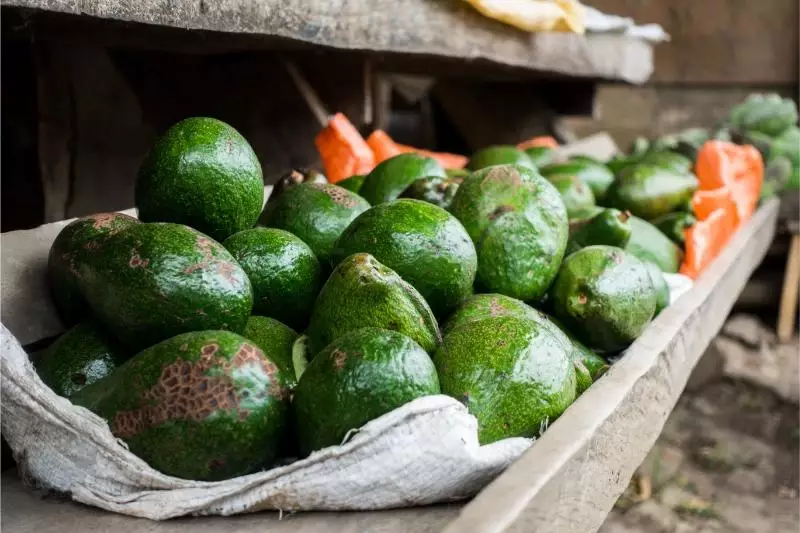
Economic Analysis
To get a grasp on high-density avocado planting costs, consider the fact that a detailed study outlines that a gross margin of $9,857 per acre is achievable. This incorporates all the required investments, such as land preparation, planting, irrigation, and ongoing maintenance.
Your avocado farm's revenue will primarily come from fruit sales, but there are other potential streams. By-products and eco-tourism tied to your avocado orchard could add to your income. Prices are driven by avocado quality and market demand and can be referenced in market size projections.
Gross margin reflects your revenue minus the cash operating costs—if you're free of debt, this might be seen as your profit.
The table below provides a hypothetical example; it's not real-time or specific regional data. Please note that these figures are illustrative and should be adjusted based on actual data from your region and farming operation.
| Avocado Variety | Estimated Yield per Tree (Pounds/Year) | Average Market Price per Pound | Production Costs per Tree (Annual) | Gross Income per Tree | Net Profit per Tree |
|---|---|---|---|---|---|
| Hass | 150-300 lbs | $2.00 | $20.00 | $300.00 - $600.00 | $280.00 - $580.00 |
| Fuerte | 125-250 lbs | $1.80 | $18.00 | $225.00 - $450.00 | $207.00 - $432.00 |
| Bacon | 100-200 lbs | $1.60 | $15.00 | $160.00 - $320.00 | $145.00 - $305.00 |
| Gwen | 140-280 lbs | $2.00 | $22.00 | $280.00 - $560.00 | $258.00 - $538.00 |
| Reed | 175-350 lbs | $1.90 | $25.00 | $332.50 - $665.00 | $307.50 - $640.00 |
| Pinkerton | 110-220 lbs | $1.70 | $17.00 | $187.00 - $374.00 | $170.00 - $357.00 |
| Zutano | 90-180 lbs | $1.50 | $14.00 | $135.00 - $270.00 | $121.00 - $256.00 |
| Lamb Hass | 160-320 lbs | $2.10 | $23.00 | $336.00 - $672.00 | $313.00 - $649.00 |
| Choquette | 75-150 lbs | $1.60 | $12.00 | $120.00 - $240.00 | $108.00 - $228.00 |
| Wurtz (or Little Cado) | 50-100 lbs | $1.80 | $10.00 | $90.00 - $180.00 | $80.00 - $170.00 |
For detailed information about the yield one can expect from a single avocado tree, here's a separate article to help you estimate potential earnings.
The avocado market is projected to show robust growth, with an estimated size of USD 22.69 billion in 2024. Your farming's success will partly depend on keeping up with these market trends. As consumer demand increases, so do the opportunities for you to secure a higher selling price for your harvest, assuming quality and supply chain factors are favorable.
The success of your avocado farm can be attributed to several factors:
-
Climate: Ideally, avocados thrive in subtropical climates where frost is minimal; this has led to high concentrations of farms in specific regions.
-
Varieties: Hass is the dominant avocado variety due to its year-round production and shelf life, but other variants are also cultivated to diversify the market.
-
Cultivation techniques: Advanced farming techniques including precision agriculture and drip irrigation have improved yields and reduced water usage, contributing to both sustainability and profitability.
-
Market growth: Consumer demand for healthy and nutritious food options has propelled market growth, with the avocado industry expecting a growth rate of 9.4% from 2024 to 2032.
-
Investment & costs: While start-up costs can be high due to land, trees, and irrigation systems, the potential for lucrative returns makes avocado farming an attractive investment.
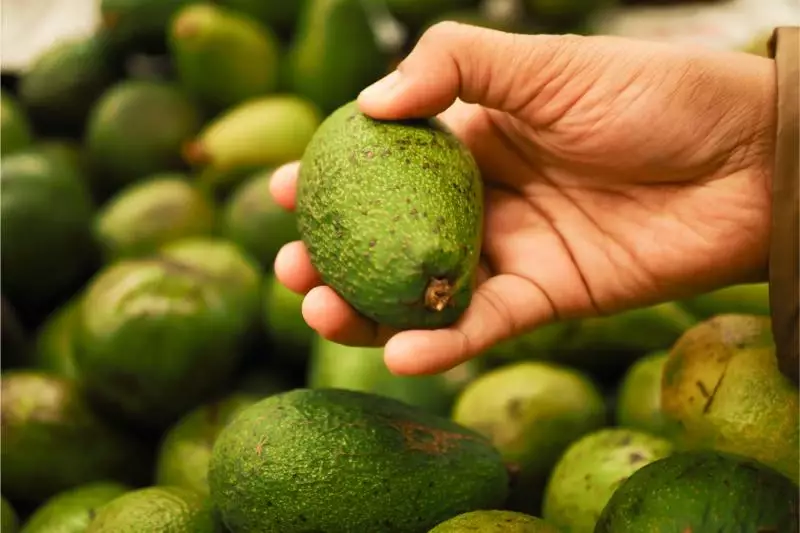
Initial Costs
You'll need to consider the cost of land, avocado plants, irrigation systems, and labor. Additionally, avocados take a few years to mature and start producing fruit, meaning you'll need sufficient capital to cover expenses during this period.
| Initial Investment | Estimated Cost |
|---|---|
| Land acquisition | $100,000 |
| Tree saplings | $60,000 |
| Irrigation system | $30,000 |
| Equipment | $50,000 |
| Total estimated cost | $240,000 |
| Annual Operating Costs | Estimated Cost |
|---|---|
| Labor | $40,000 |
| Insurance and certifications | $6,000 |
| Maintenance (incl. fertilizers, pest control, etc.) | $10,000 - $20,000 |
| Total annual operating costs | $56,000 - $66,000 |
Land acquisition
The cost of land varies widely depending on location, soil quality, and size. As an estimate, agricultural land can range from $1,000 to $10,000 per acre in the United States. Let's assume a medium-sized farm of 20 acres and an average cost of $5,000 per acre.
Total land cost = 20 acres × $5,000/acre = $100,000
Tree saplings
Avocado saplings can cost anywhere from $20 to $40 each. For optimal yield, let's consider planting about 100 trees per acre.
Total cost for saplings = 20 acres × 100 trees/acre × $30/tree = $60,000
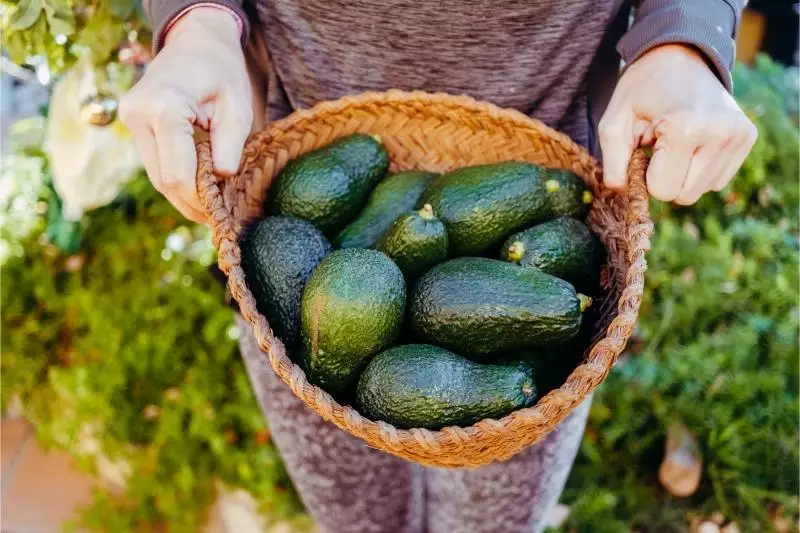
Irrigation
The cost of irrigation systems varies greatly depending on the system's complexity and size. A drip irrigation system, which is efficient for avocados, might cost around $1,500 per acre.
Total irrigation cost = 20 acres × $1,500/acre = $30,000
Equipment
Initial equipment costs including tractors, sprayers, and other farming tools might total around $50,000. This can vary based on the quality and quantity of equipment purchased.
Labor
Labor costs depend on the size of the farm and the region's wage rates. Assuming you need a small team for a 20-acre farm, annual labor costs could be around $30,000 to $50,000.
Insurance and certifications
Insurance costs to protect against crop failure, property damage, and liability can vary, but let's estimate around $5,000 annually. Certifications, especially if aiming for organic certification, might cost an additional $1,000 annually.
Choosing the Right Avocado Varieties
- Climate compatibility: Some varieties thrive in different climates; choose ones suited for your region.
| Avocado Variety | Climates They Thrive In |
|---|---|
| Hass | Moderate heat and cool temperatures, but not frost |
| Fuerte | Subtropical climates; mild winters |
| Bacon | Can withstand temperatures slightly below freezing |
| Gwen | Mediterranean climates |
| Reed | Both Mediterranean and subtropical climates |
| Pinkerton | Mild, Mediterranean climates; not very frost-tolerant |
| Zutano | Cooler, subtropical climates |
| Lamb Hass | Similar to Hass, but can handle a bit more heat |
| Choquette | High humidity and can tolerate more rain than other varieties |
| Wurtz (or Little Cado) | Cooler and coastal climates |
- Growth cycle: Different avocado trees have varying maturation times. Early bearers might yield quicker returns.
| Avocado Variety | Estimated Maturation Time From Flowering to Harvest |
|---|---|
| Hass | 8-12 months |
| Fuerte | 12-18 months |
| Bacon | 6-8 months |
| Gwen | 8-12 months |
| Reed | 8-10 months |
| Pinkerton | 8-10 months |
| Zutano | 6-8 months |
| Lamb Hass | 8-12 months |
| Choquette | 12-18 months |
| Wurtz (or Little Cado) | 8-10 months |
The most profitable avocado variety
As of 2024, the Hass avocado stands out as the most commercially profitable variety for several reasons:
-
High market demand: Hass avocados are in high demand globally, known for their rich taste, creamy texture, and good shelf life. This variety dominates the international market, making it a preferred choice for consumers and retailers.
-
Year-round production: Unlike some other varieties, Hass avocados can be harvested year-round in different growing regions. This continuous supply meets constant market demand, contributing to its profitability.
-
Shelf life and shipping: Hass avocados have a distinctive skin that turns purplish-black when ripe, making it easier for consumers to identify their ripeness. Their relatively tough skin also aids in transportation, reducing the risk of damage and loss, which is crucial for international shipping.
-
Adaptability to different climates: Although best suited for Mediterranean climates, Hass avocados have shown adaptability to a range of environments, making them a viable option for many growers in different parts of the world.
-
Pricing: Due to their popularity, Hass avocados often command higher prices in the market compared to other varieties, leading to potentially greater profit margins for farmers.
However, it's important to note that while Hass may be the most profitable on a global scale, local market trends, climatic conditions, and production costs should also be considered.
In some regions, other varieties may be more profitable due to local preferences or better adaptation to the climate. For example, in cooler areas, varieties like Bacon or Zutano might be more profitable due to their cold tolerance.
Land Requirements and Selection
Avocado trees thrive in warm climates with well-drained soil. The choice of location is crucial as it affects the growth and yield of your trees. Initial costs will vary depending on the region and the quality of land you choose.
- Soil quality: Avocado trees need well-drained soil, rich in organic matter.
- Topography: Flat to gently sloping land is ideal to prevent erosion and facilitate irrigation.
- Sun exposure: Avocados need plenty of sunlight, so choose a location with minimal shade.
- Accessibility: Proximity to markets and transportation routes will ease the distribution process.
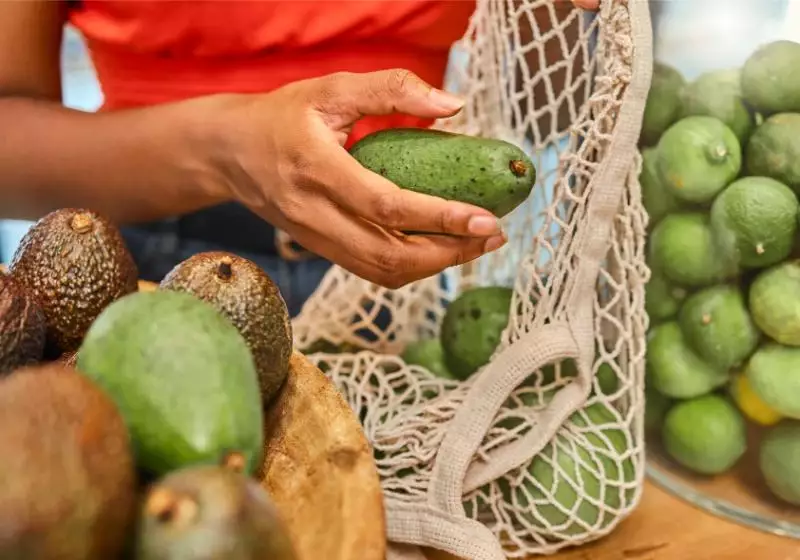
Challenges and Risks
In your journey to profit from avocado farming, you'll find specific hurdles that can affect your bottom line. Here's what you need to be aware of:
Climate vulnerabilities
Frost, drought, and extreme heat can severely impact yield and quality. You need to be in a region where temperatures stay between 60–85°F with moderate humidity. If your farm is in an area prone to climate extremes, consider investing in protective measures such as greenhouse facilities or shade nets to mitigate these risks.
Market fluctuations
Although there is a rising trend in avocado consumption, prices can fluctuate due to various factors including global production rates and trade policies. Stay informed about the market demand and potential shifts that can affect your profitability. Diversifying your products or finding alternative markets can help stabilize your income.
Labor and workforce considerations
Secure a reliable workforce and consider the costs of wages, training, and potential labor shortages. These considerations can impact not only your operation's efficiency but also your finances if you're not well-prepared with a solid labor plan and budget.
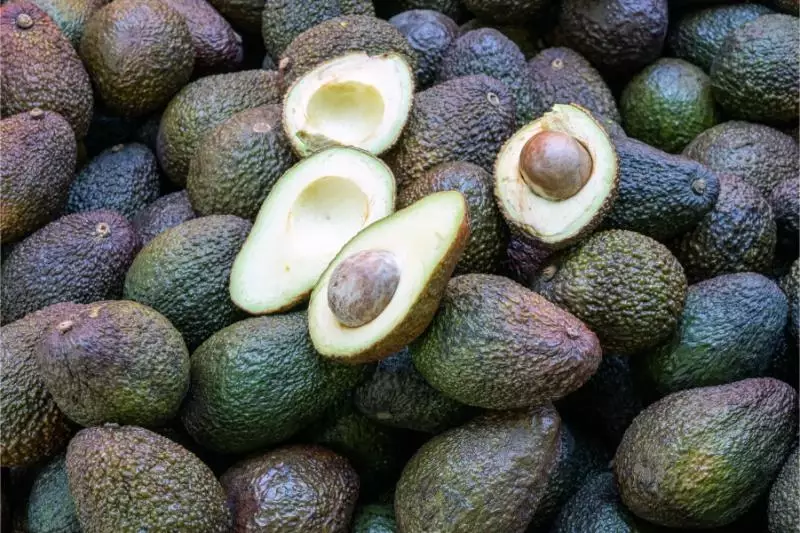
Here's an article that can be used to provide detailed insights into the initial investment required for starting an avocado farm.
Future of Avocado Farming
As you explore avocado farming's potential, it's essential to focus on how technology, sustainable practices, and market demand will shape its future.
Technological advancements
One such advancement is precision agriculture, which leverages data from satellite imagery to optimize irrigation and fertilization. This is complemented by the development of disease-resistant avocado varieties, aiming to bolster productivity and ensure stable production levels regardless of climatic challenges.
Digital platforms for selling avocado produce can connect you directly with buyers, potentially leading to better pricing and reduced dependency on middlemen.
Sustainable farming practices
There's a push toward the adoption of practices like intercropping and organic farming to maintain soil health and reduce dependence on chemical inputs. Water-efficient irrigation systems, such as drip and micro-sprinkler systems, are also becoming crucial to mitigating the water footprint of avocado farms, given the crop’s reputation for high water usage.
Global demand projections
You can expect sustained market growth, with production expanding to new regions to meet the consumer demand. In the financial landscape, the interest in avocados is not just with consumers—investors are also keeping a keen eye on the industry, recognizing the potential for attractive returns on avocado production.
